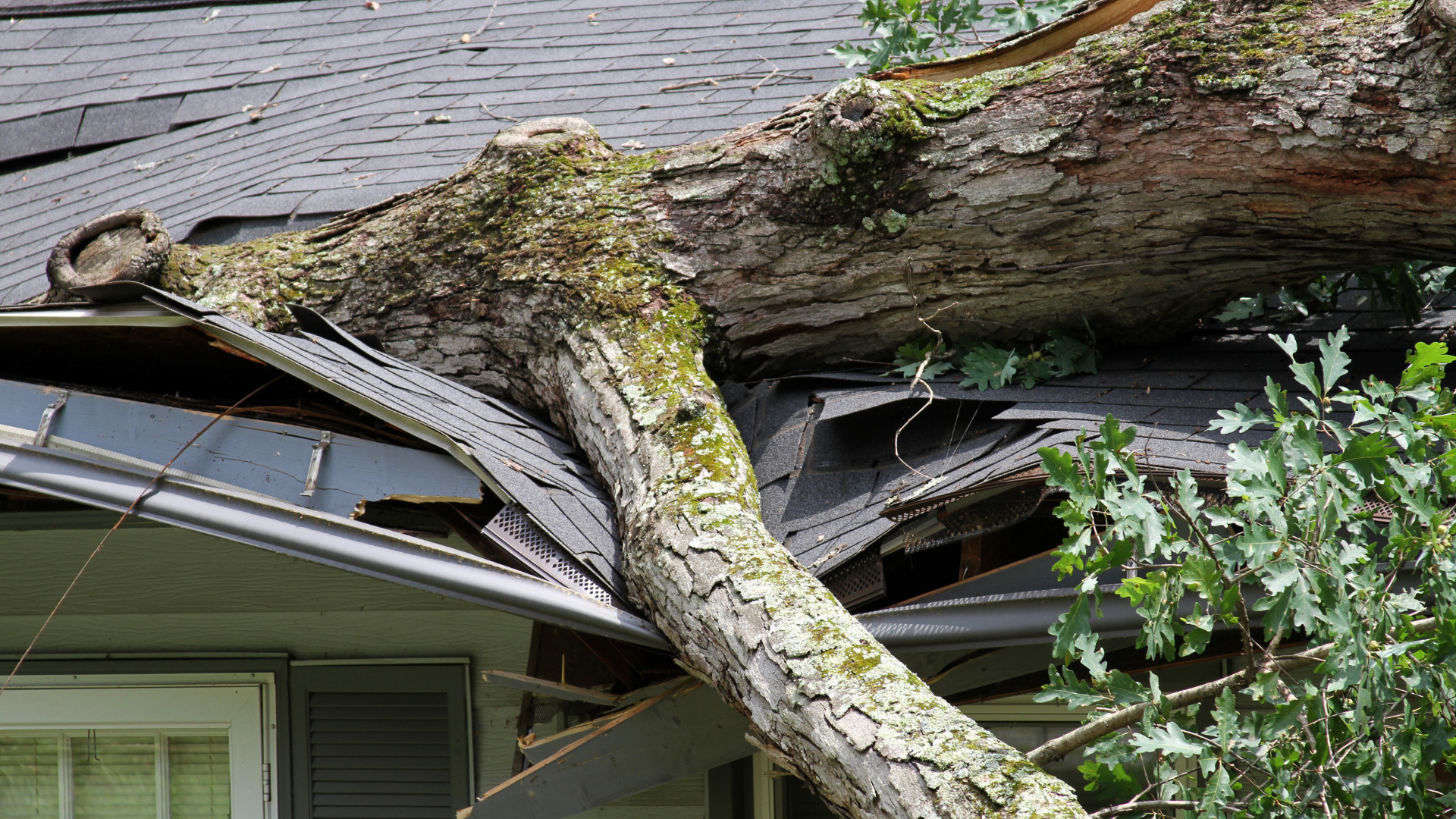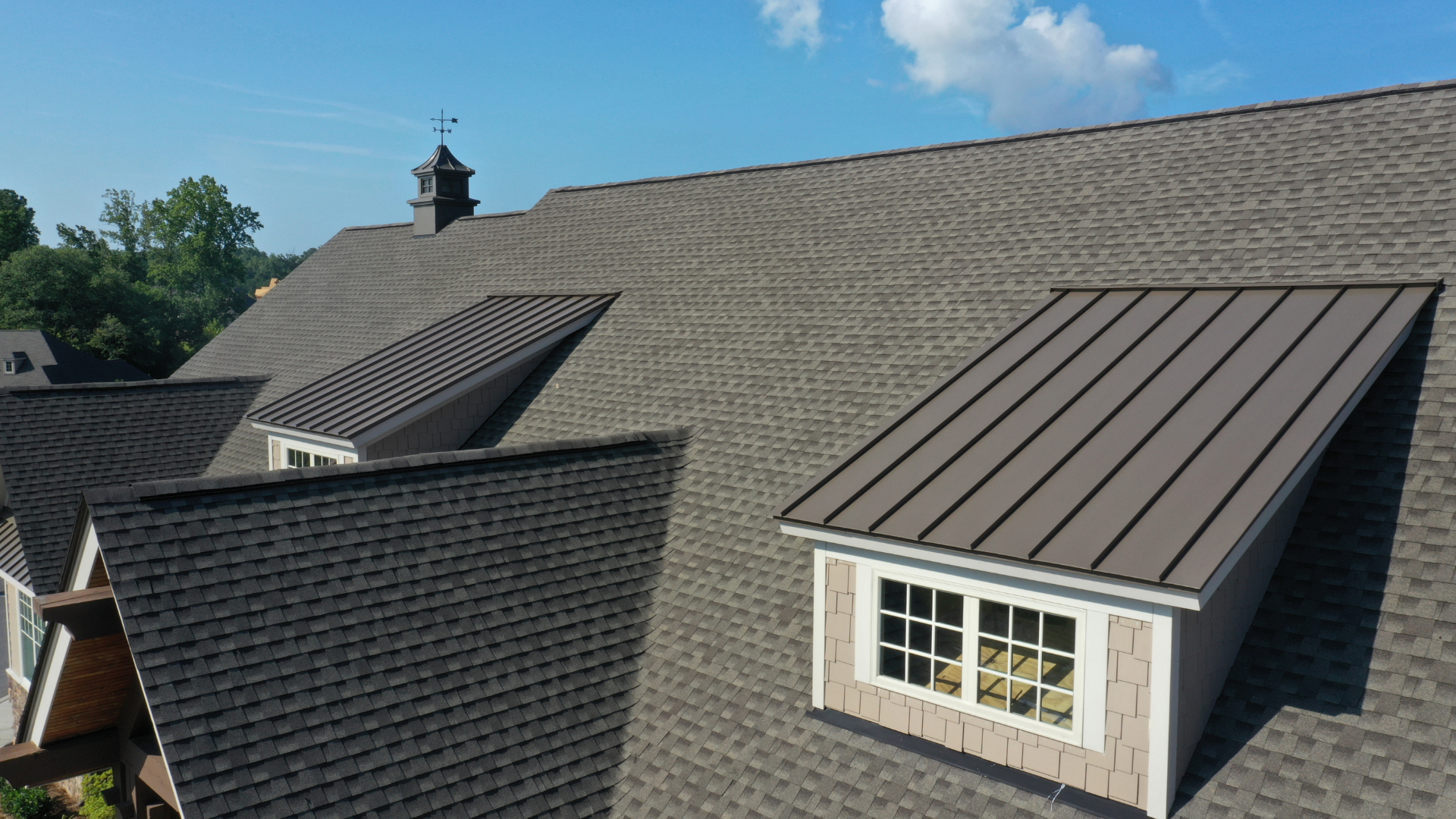Why Most Insurance Estimates Need to Be Supplemented: Key Insights
When dealing with roofing repairs or replacements, insurance estimates are often a starting point, not the final answer. While your insurance company will set the initial price based on their assessment, it's common for these estimates to fall short of covering the full cost of the repairs or replacement. This is why insurance estimates often need to be supplemented. In this article, we'll discuss why insurance estimates require supplementation and how to ensure your insurance claim fully covers the necessary work.

What Insurance Estimates Miss
The initial insurance estimate provided by your insurance company is generally based on a formula they use to assess the value of the damage. However, these estimates frequently miss certain line items that are crucial for completing the job correctly. For example, local codes, labor costs, dump fees, and overhead are often overlooked or underrepresented.
These omissions can leave you with an incomplete estimate that doesn’t reflect the true cost of repairs or replacement. In these cases, it’s necessary to supplement the insurance claim to include all the necessary line items that were initially excluded. Without supplementing, you could be left paying out-of-pocket for critical aspects of the job that the insurance estimate didn’t cover.
Why Supplementing Your Insurance Claim Is Essential
Supplementing your insurance claim is an essential part of the process. It involves reviewing the insurance estimate, identifying missing items, and submitting an updated claim that accurately reflects the full cost of repairs or replacement. This includes adding necessary line items such as local building codes, disposal fees, and other expenses that are often overlooked.
By supplementing your claim, you ensure that your roofing project is completed to the correct standards and in full compliance with your insurance company’s requirements. The goal is to have the final cost of repairs covered by your insurance policy, so you’re not left with unexpected expenses.
A reputable roofing contractor with experience in handling insurance claims can help guide you through this process. They can provide a detailed checklist of the items that should be included in an insurance estimate and assist you in identifying the missing pieces.
What You Should Know About the Supplementation Process
While supplementing your insurance claim is important, it can be a tricky process. Insurance companies might push back on certain claims, especially when it comes to costs like overhead or profit margins. It’s not uncommon for insurers to question additional charges or request further documentation to support your claim.
This is where a knowledgeable roofing contractor can be invaluable. With experience in working with insurance companies, they can help navigate these challenges, providing the necessary documentation and explanations to get the claim approved. They will also understand the nuances of what’s typically covered in an insurance estimate versus what’s actually required to complete the job correctly.
The Role of RCV Policies in Supplementing Claims
If your roofing policy is based on an Actual Cash Value (ACV) or Replacement Cost Value (RCV), the supplementing process can vary. With an RCV policy, your insurance company is obligated to pay for everything necessary to complete the job properly. This includes all labor, materials, and other associated costs, ensuring that the roofing project is done correctly and the contractor is able to make a reasonable profit.
In cases where you have an RCV policy, supplementing the claim is even more critical. You should not have to pay for line items that are necessary to complete the job. If your claim is underfunded, it’s your right to supplement the insurance estimate to ensure the total cost of the project is covered.
How to Ensure Your Claim Is Fully Supplemented
To successfully supplement your claim, it’s essential to do your due diligence. This means working closely with a contractor who understands the insurance claim process. Contractors with experience in insurance claims can guide you through the process, helping you identify missing line items and assisting you in submitting the corrected claim to your insurance company.
At Right Hand Man, we provide our clients with a comprehensive checklist that outlines all the line items an insurance estimate should include. This gives our customers the power to go through the claim, add missing items, and send it back to their insurance company for approval.

Supplementing your insurance estimate is a crucial step in ensuring your roofing project is fully covered. While it may seem like an extra hassle, it’s necessary to get every cost accounted for, from labor to overhead to local building codes. If you’re unsure about how to supplement your claim, don’t hesitate to reach out to a roofing contractor with experience in insurance claims. Contact Right Hand Man today, and let us help you navigate the process and ensure that your roof replacement or repair is fully covered by your insurance policy.








